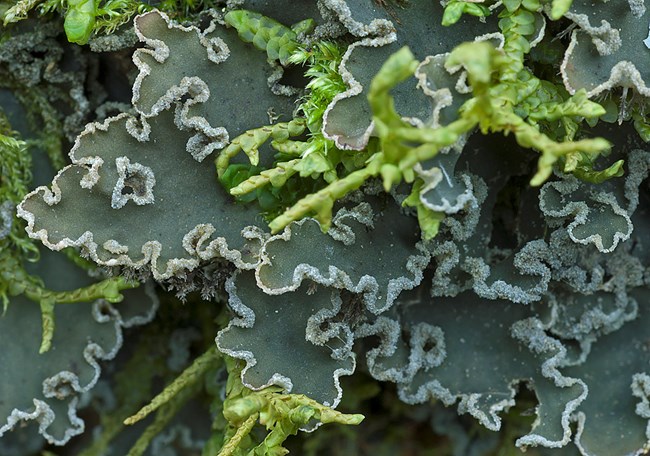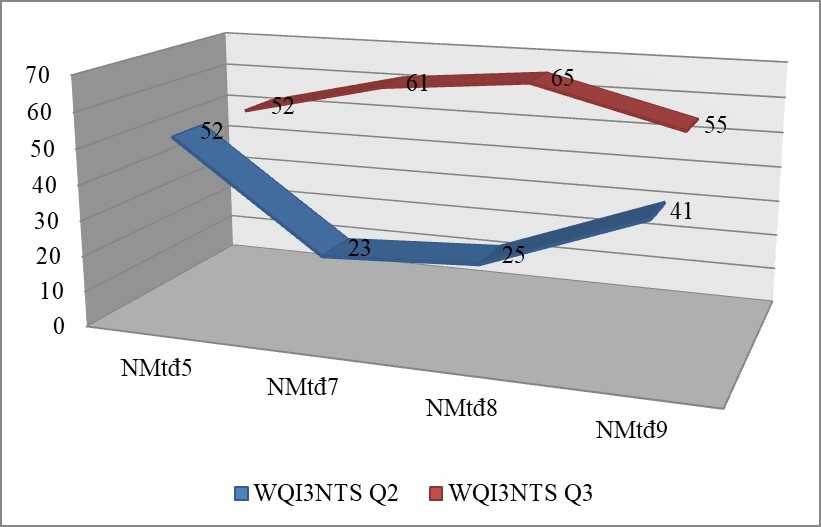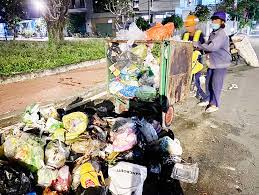15. SCIENTIFIC BASIS IN USING LICHENS AS BIO-INDICATORS OF SO2 CONTENT IN THE AIR ENVIRONMENT IN SOME PROVINCES AND CITIES IN NORTH OF VIETNAM
Giới thiệu
Scientific research using lichens as indicators of the air environment is carried out based on research results from around the world, as well as surveyed and collected data in Bac Ninh province (the northern of Vietnam). The results of studying the biological and ecological characteristics of lichens show that lichens have a fairly simple structure and connection between the constituent parts of lichens. The life of lichens is associated with many types of substrate and direct absorption of substances in the air environment. Therefore, lichens are easily affected by factors in the atmospheric environment and expressed through their biodiversity indicators. Research around the world has determined the species composition, physiological and biochemical characteristics of lichens related to atmospheric environmental factors. Since then, there have been studies using lichens as indicator organisms to assess air quality. In Vietnam, research results in Bac Ninh province show that the correlation between the AQI_SO2 index and lichen coverage in habitats has a fairly close linear relationship and a negative correlation through the correlation coefficient R = -0.881. The diversity indices (d, H', J') of lichens have a less close linear relationship with the AQI_SO2 index as shown by the low correlation coefficient. This result shows that lichen biodiversity indices may have a nonlinear relationship with the AQI_SO2 index. These data are considered the scientific basis of research on using lichens as biological indicators of the air environment, specifically indicators of SO2 content in the air in some provinces/cities in Northern of Vietnam.
Toàn văn bài báo
Trích dẫn
[2]. Christopher J. Ellis, Rebecca Yahr and Brian J. Coppins (2011). Archaeobotanical evidence for a massive loss of epiphyte species richness during industrialization in southern England. Proc Biol Sci. 278(1724): 3482-3489.
[3]. Conti M. E. and Cecchetti G. (2001). Biological monitoring: Lichens as Bioindicators of Air Pollution Assessment-A Review. Environmental Pollution, 114, 471-492.
[4]. Dobson F. S. (2011). Lichens, an illustrated guide to the British and Irish species. Slough, UK: Richmond Publishing Co. ISBN 9780855463151.
[5]. Hale M. E. (1983). The Biology of Lichens. 3rd Edition, Edward Arnold Ltd., London.
[6]. Jovan, Sarah (2008). Lichen bioindication of biodiversity, air quality and climate: Baseline results from monitoring in Washington, Oregon, and California. Gen. Tech. Rep. PNW-GTR-737. Portland, OR: U.S. Department of Agriculture, Forest Service, Pacific Northwest Research Station. 115 p.
[7]. Larry McKane, Judy Kandel (1996). Microbiology: Essentials and applications. New York (N.Y.): McGraw-Hill. 2nd edition, XXVII, 843 p.
[8]. LeBlanc F., Rao D. N. (1975). Effects of air pollutants on lichens and bryophytes. In: Mudd B. J., Koziowski T. T. (Eds.), Responses of Plants to Air Pollution. Academic Press, London, p. 237-271.
[9]. Nguyen Thanh Luc (2020). Lichens and epiphytes on tree trunks and the current air condition in the city. HCM. City-level science and technology project.
[10]. Nimis PL M., Castello M., Perotti (1990). Lichens as biomonitors of sulphur dioxide pollution in La Spezia (Northern Italy). The Lichenologist 22 (3), 333-344.
[11]. Rebecca D. Fields and Larry L. St. Clair (1984). A comparison of methods for evaluating SO2 impact on selected lichen species: Parmelia chlorochroa, Collema polycarpon and Lecanora muralis. The Bryologist, Vol. 87, No. 4 (Winter, 1984), p. 297-301.
[12]. Ronen R., Galun M. (1984). Pigment extraction from lichens with dimethyl sulfoxide (DMSO) and estimation of chlorophyl degradation. Environmental and Experimental Botany 24, 239-245.
[13]. Rope S. K. and L. C. Pearson (1990). Lichens as air pollution biomonitors in a semiarid environment in Idaho. The Bryologist 93: 50-61.
[14]. Spribille Toby, Tuovinen Veera, Resl Philipp, Vanderpool Dan, Wolinski Heimo, Aime M. Catherine, Schneider Kevin, Stabentheiner Edith, Toome-Heller Merje (2016). Basidiomycete yeasts in the cortex of ascomycete macrolichens. Science. 353 (6298): 488-92.
[15]. Zambrano A., Nash III, T. H. (2000). Lichen responses to short-term transplantation in Desierto de los Leones, Mexico city. Environmental Pollution 107, 407-412.





